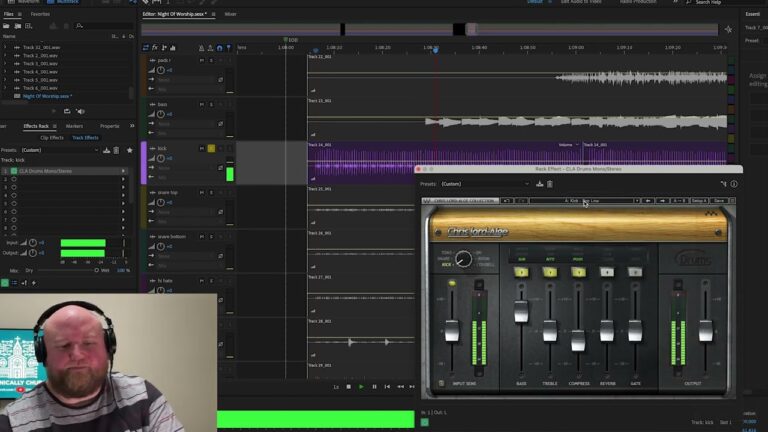CLA Drums Plugin from Waves: Kick
The CLA Drums Plugin from Waves, developed with Chris Lord-Alge, offers a range of presets and customizable parameters to enhance drum mixing for both live and studio settings. The plugin simplifies drum sound refinement, making it fast, easy, and intuitive. It’s suitable for audio engineers and musicians seeking high-quality, versatile solutions.







